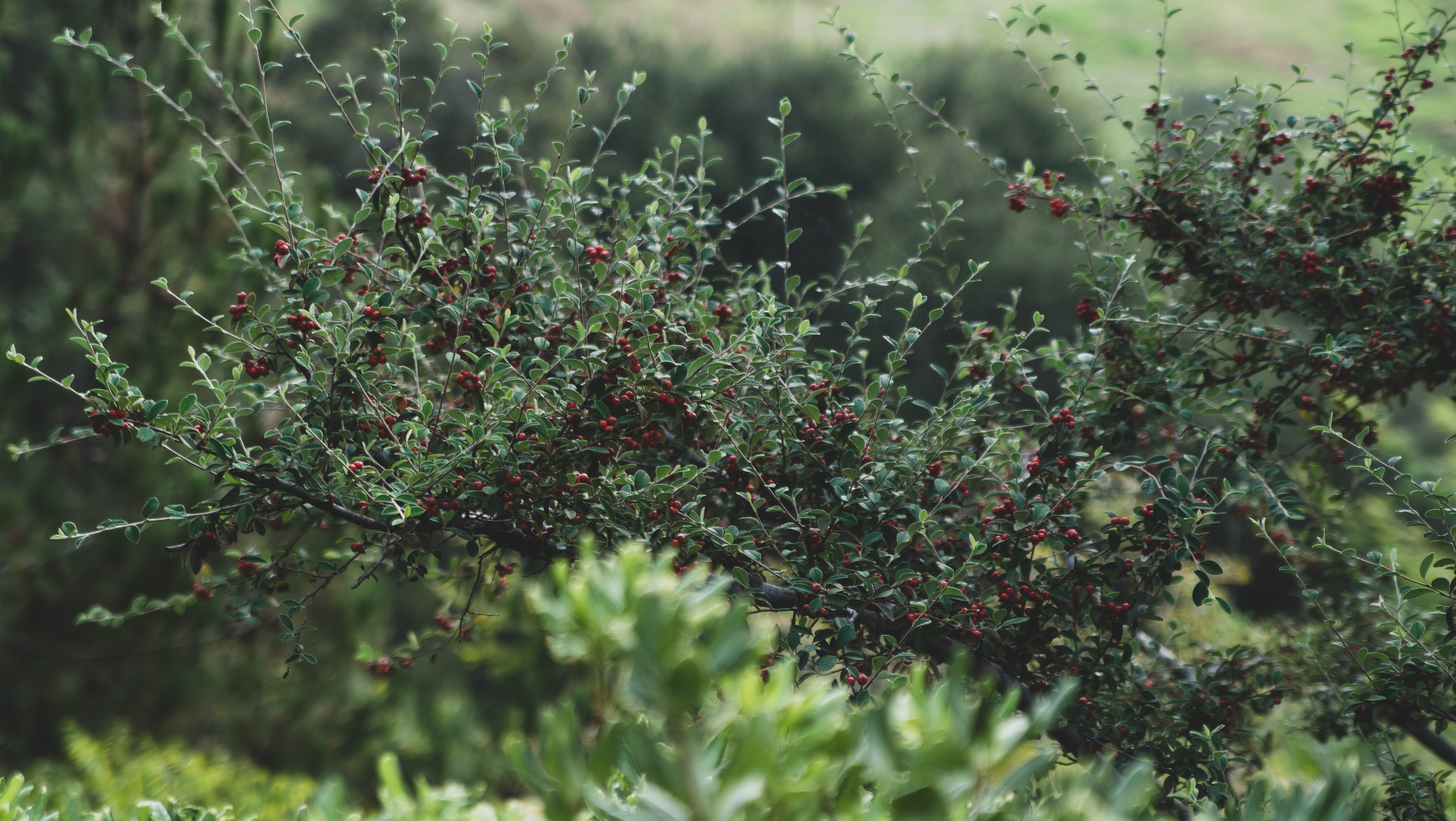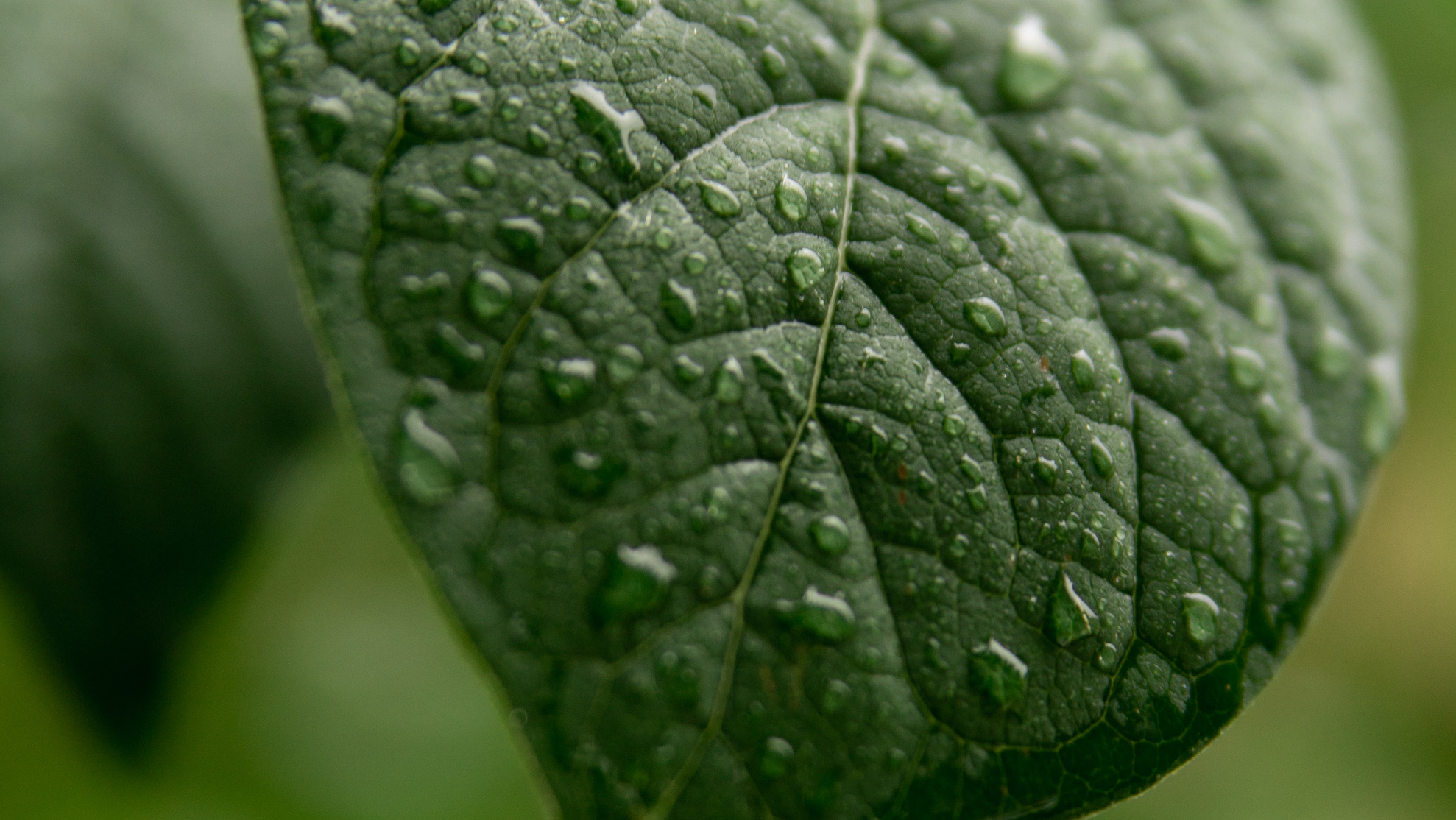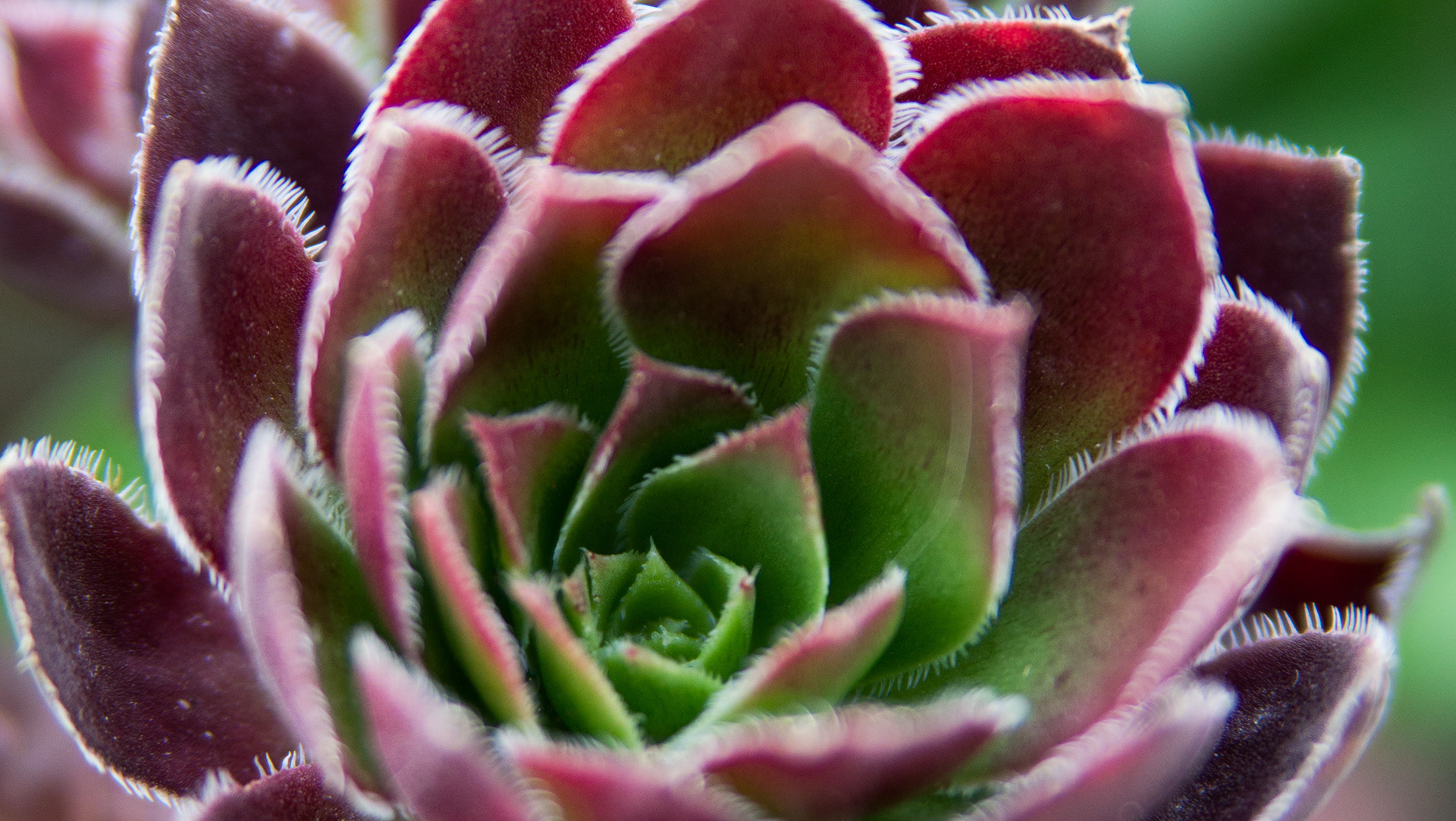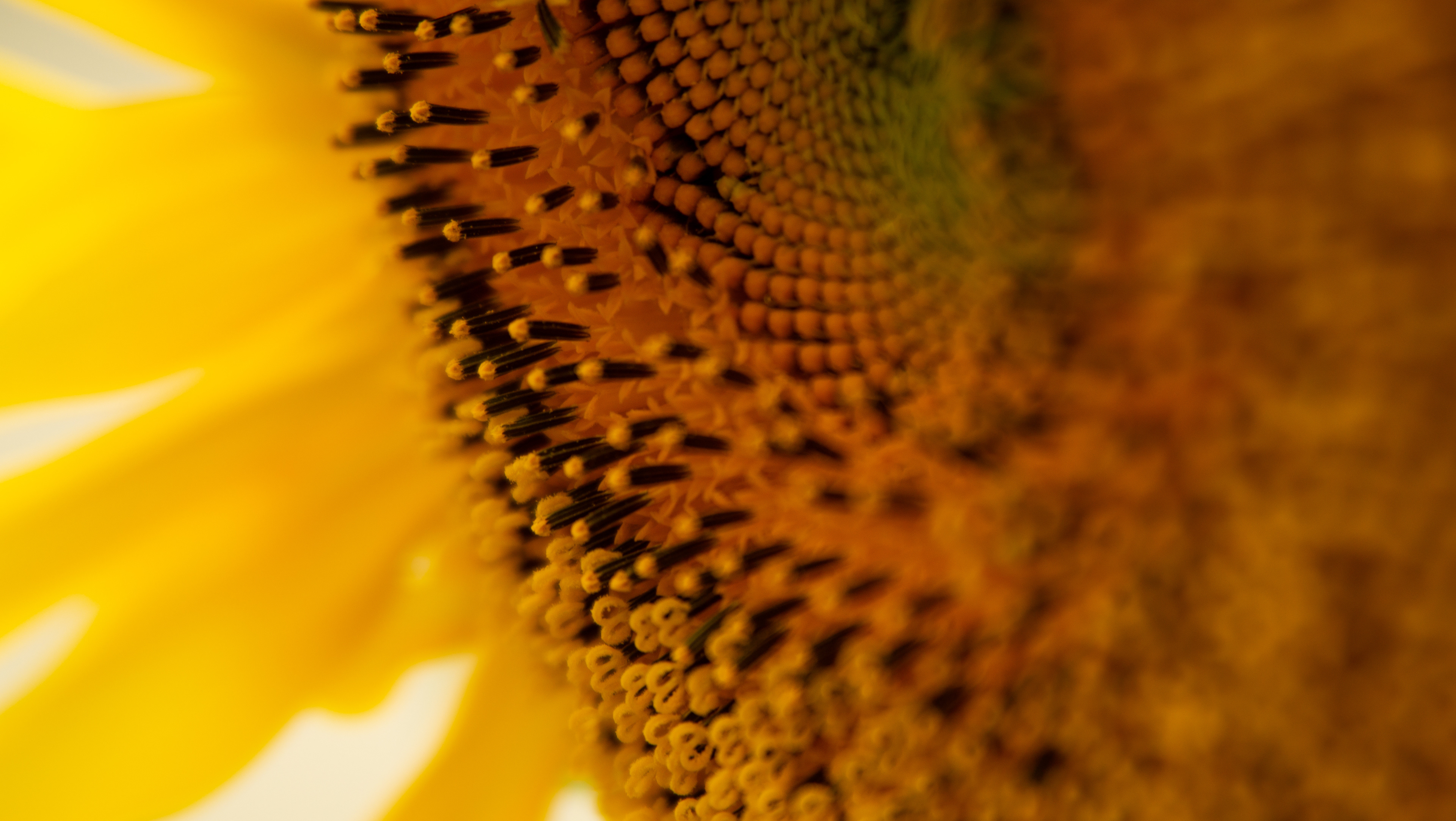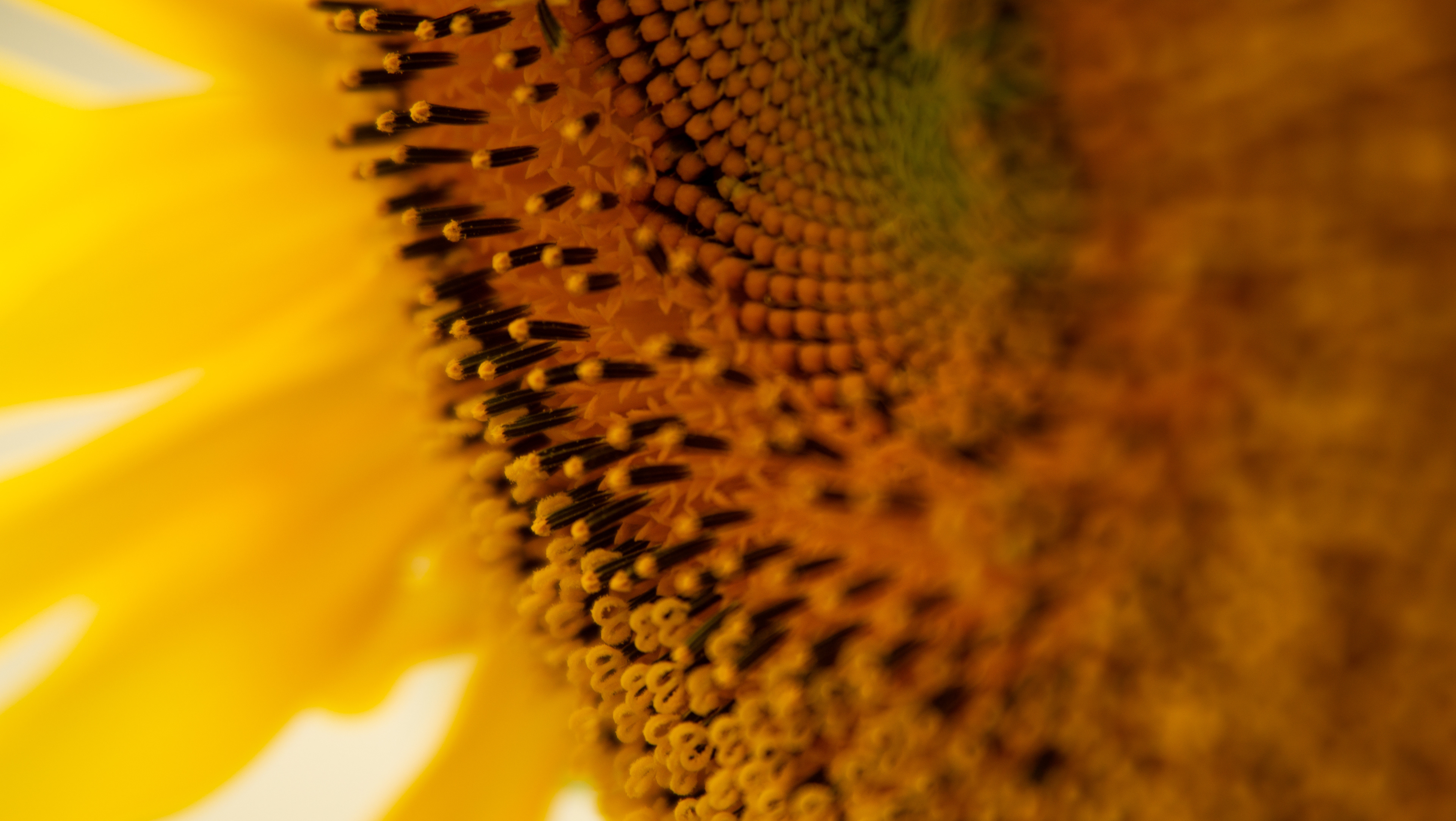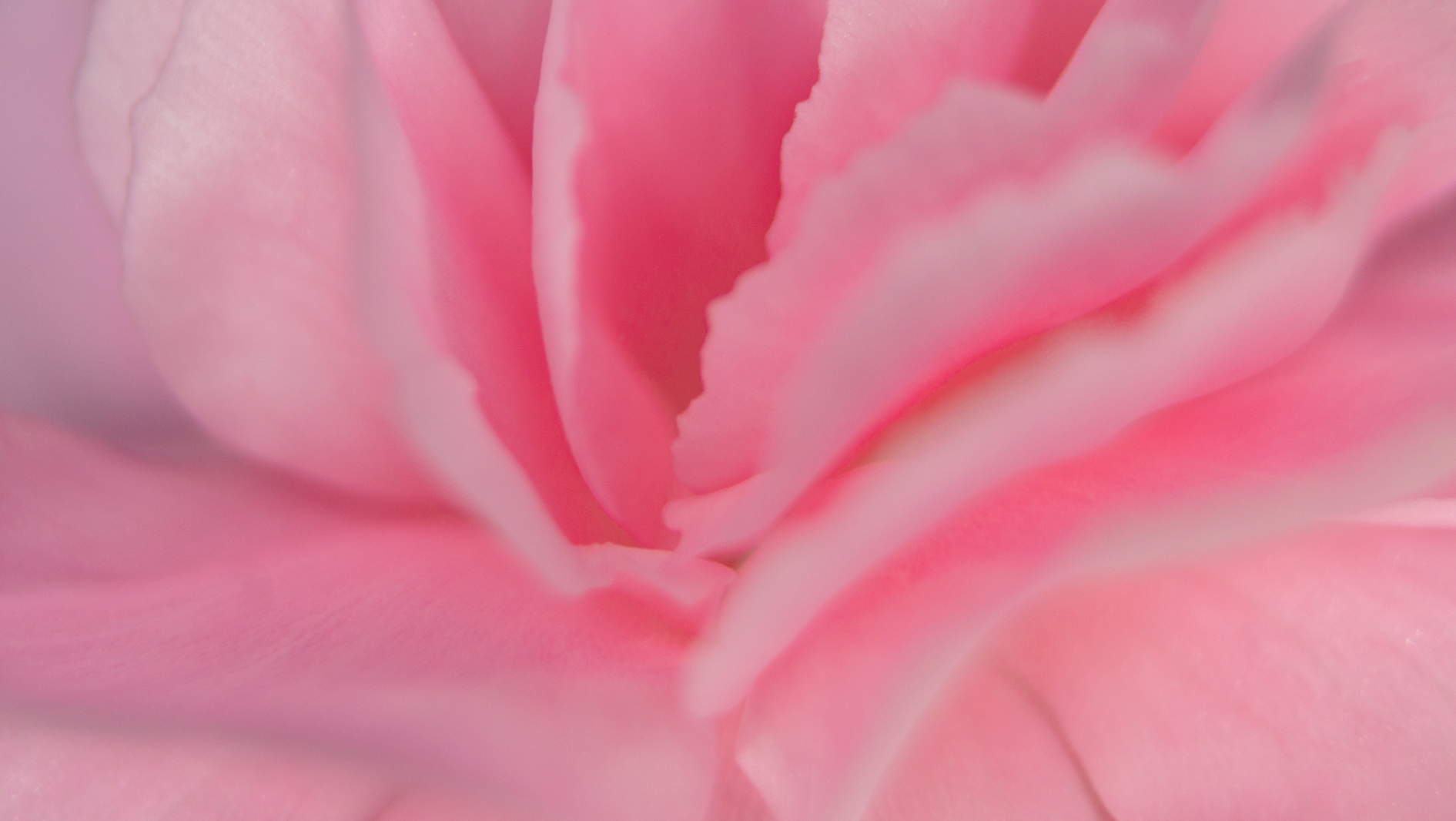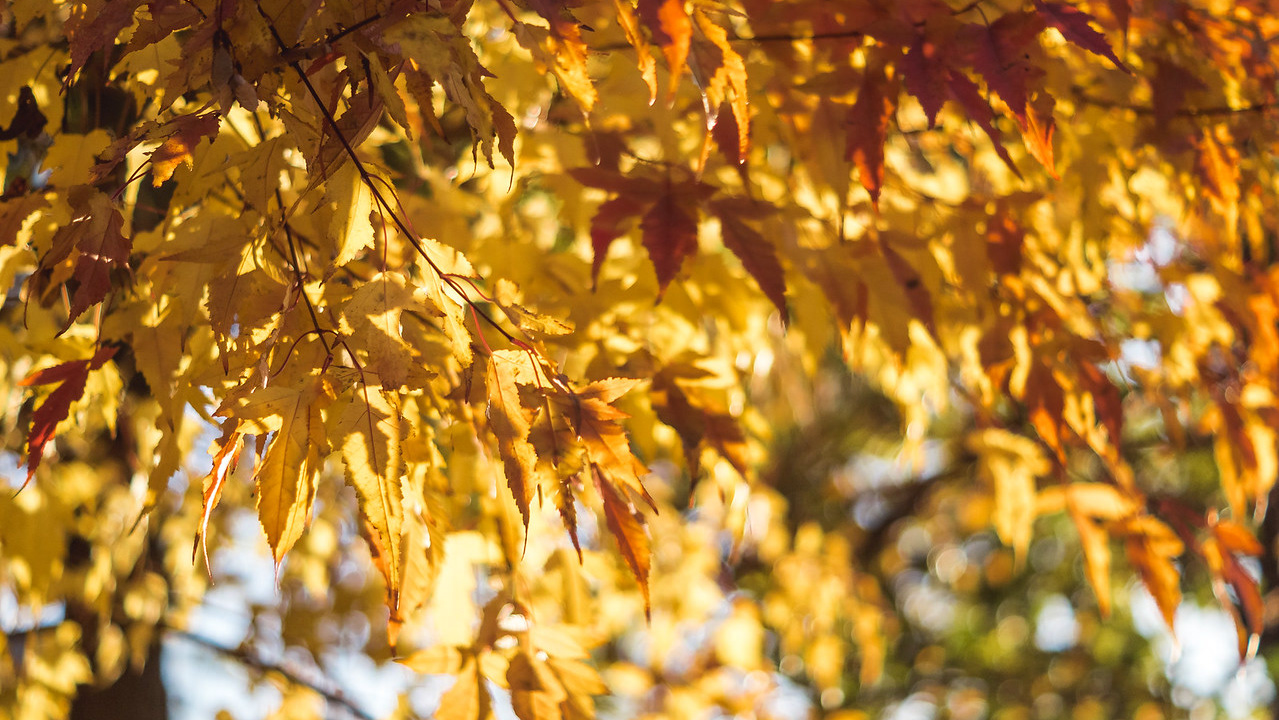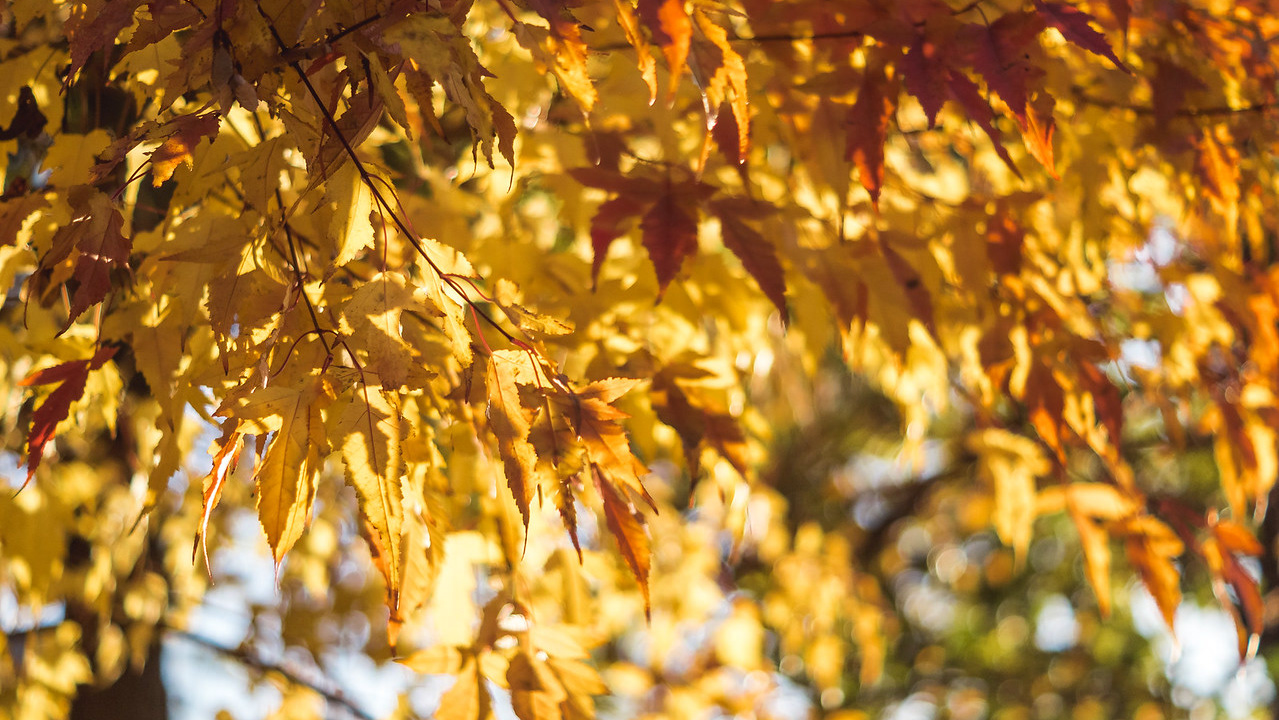
Learning how to become a sustainable designer: inside my biomimicry toolbox.
If you think humans are the most advanced species, think again. There are countless other organisms in nature that function much better, and without the help of advanced technology because… well… they are the technology.
Over the past 5 months, I have learned to observe nature and its wonderful, regenerative, high-tech resources. As I learned biomimetic methodology, the Biomimicry Institute taught me that biomimicry is actually a set of tools.
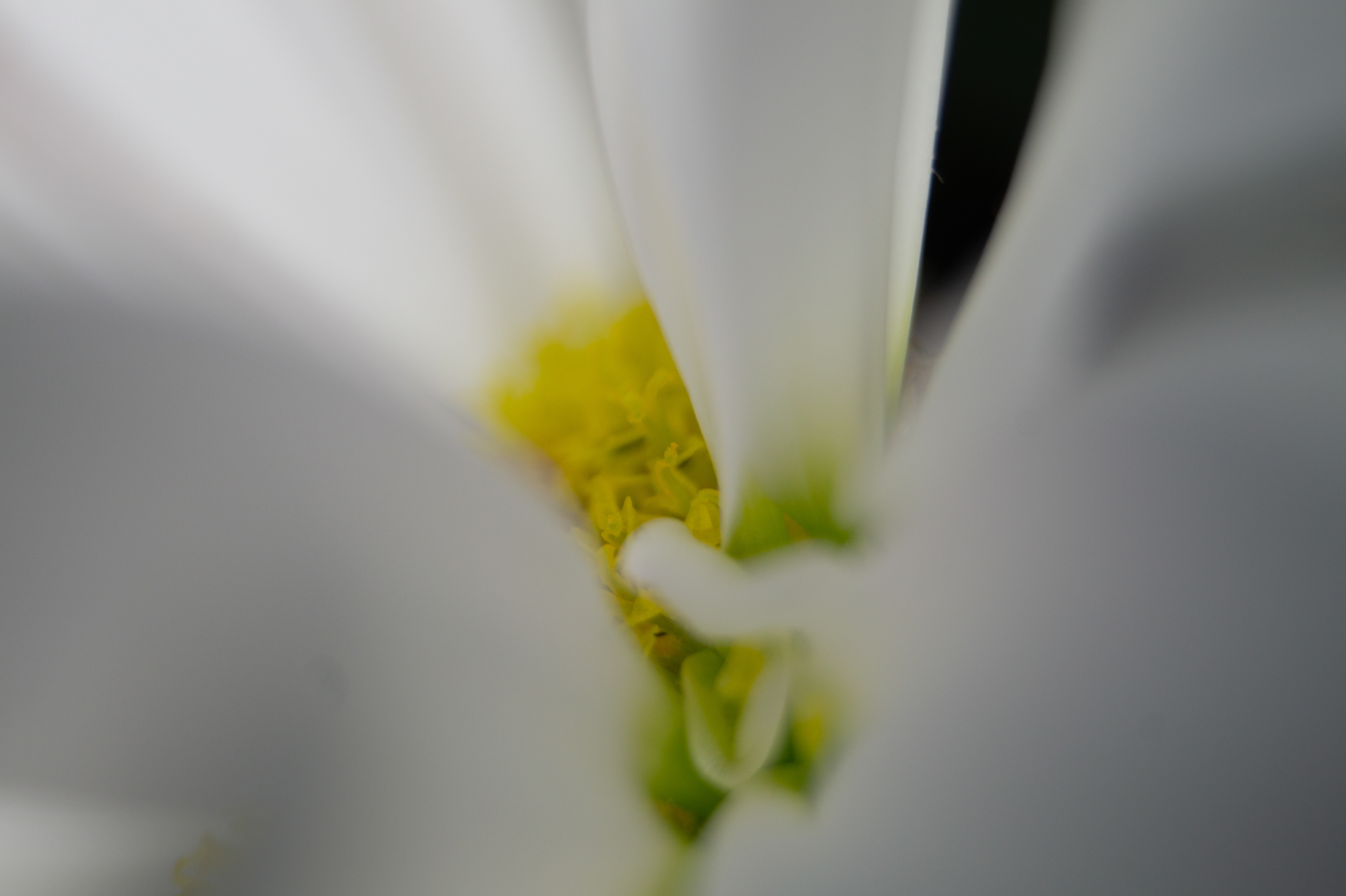

Here are the tools I am now equipped with:
tool #1: biomimetic eye
Just like the mantis shrimp's eye can see billion more colors than the human eye, my biomimetic eye allows me to see nature in a different, more profound way. In addition to inspiration, I now see how nature functions. I can imagine its mechanisms when I take the time just looking at it.
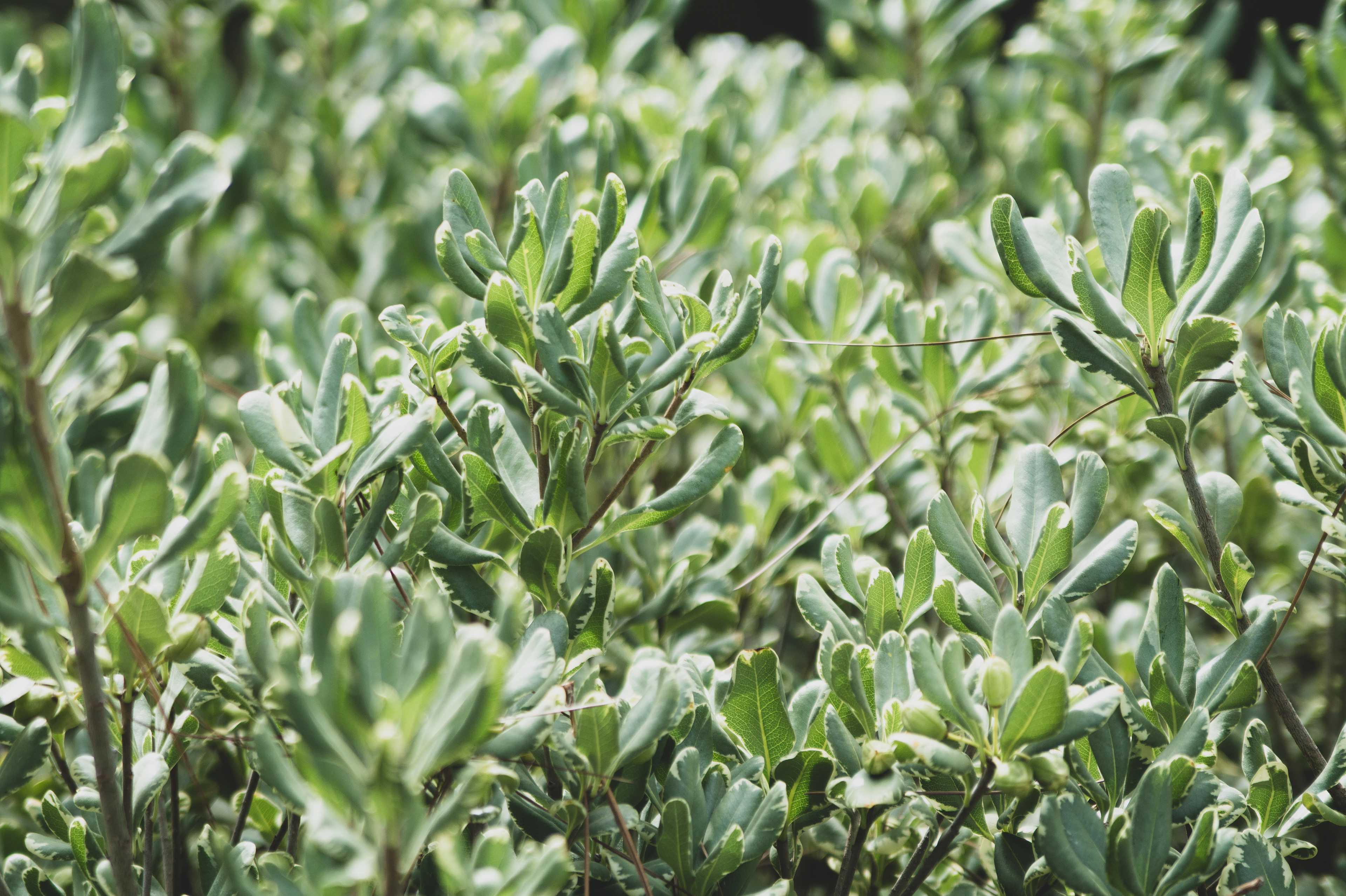
tool #2: life’s principles
When you go to your primary care provider once a year for a check-up, the practitioner will check a list of health items that are proof of your good health. In the same way, you can assess the sustainability of a design by comparing it to a list of conditions that are conductive to life. The more items your design or process checks on the list, the more sustainable it is. It is a good list of goals to achieve, too.

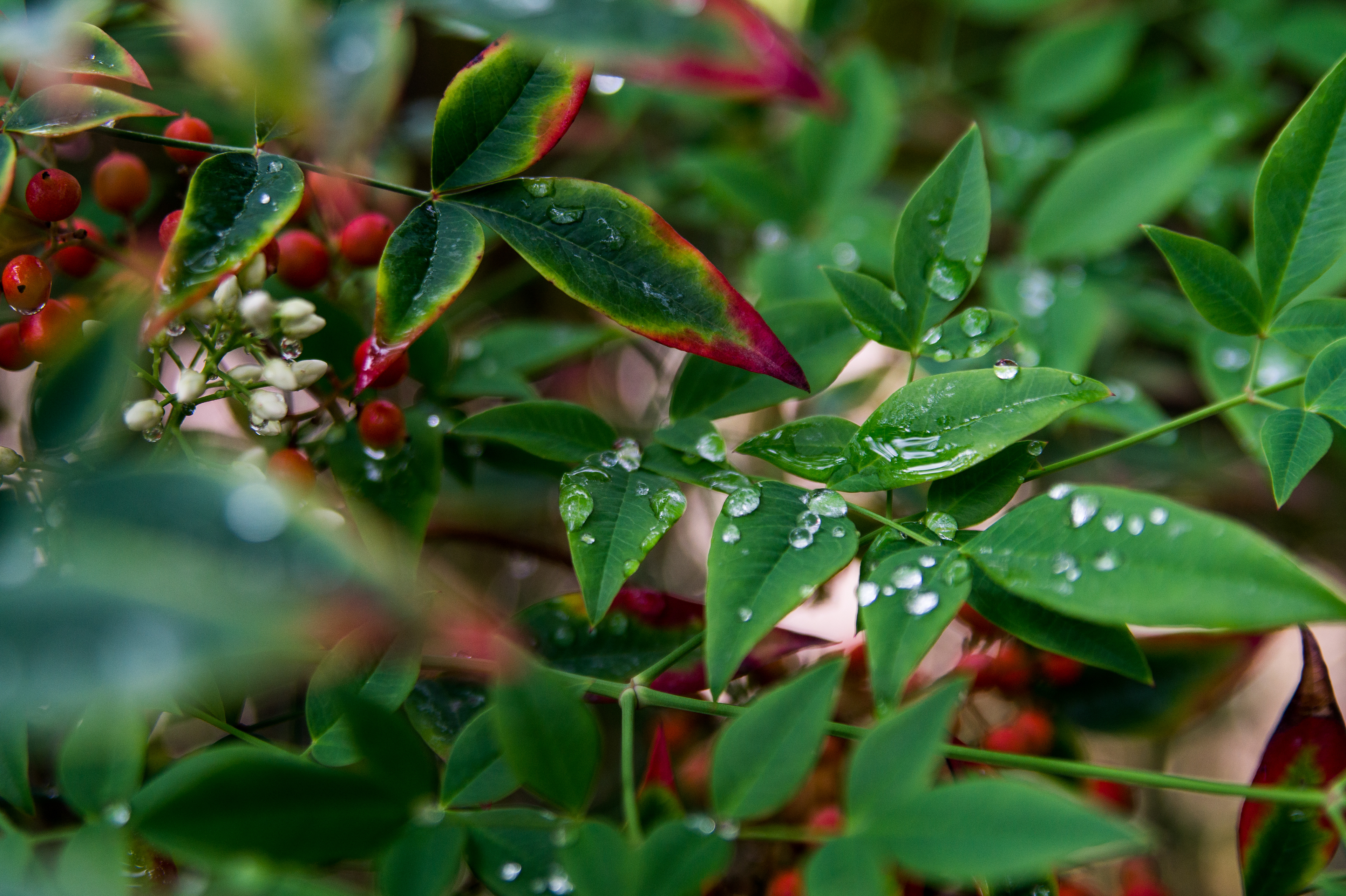

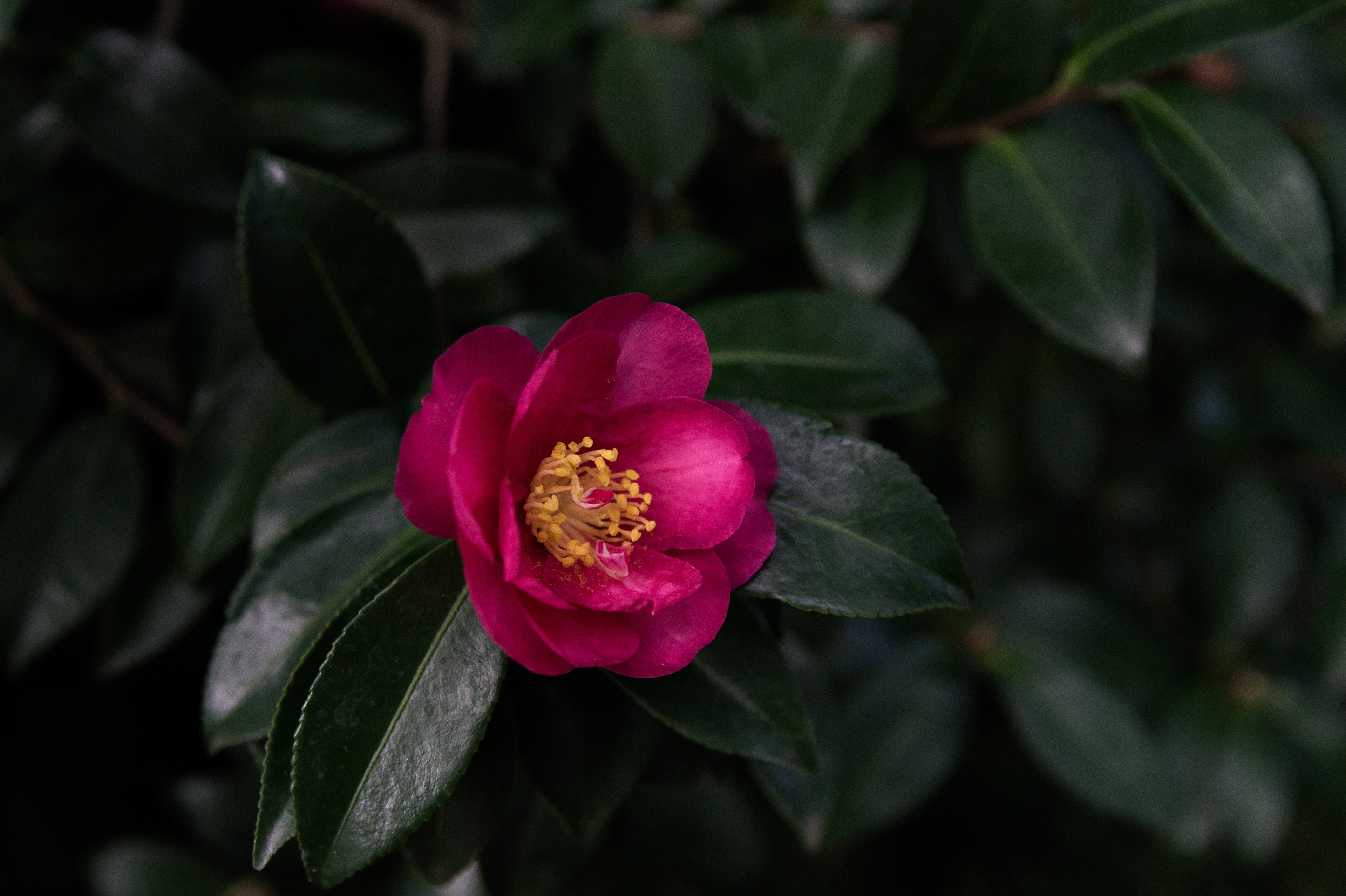
tool #3: biological strategies
One of the easiest, hassle-free way to make our lives more sustainable is to get inspired by nature’s strategies. How does nature keep cool? How does nature protect from humidity? How does nature transport liquids? The most innovative and high-tech strategies already exist and they are in nature.
tool #4: biological mechanisms
The beauty of biomimicry, is that the designer can observe multiple biological mechanisms and combine them together, like the cogs of a super efficient bio-based chimera. All of the mechanisms of nature can be simplified into processes applicable to human technology. Combining mechanisms can solve issues humans have that nature cannot answer verbatim. It pushes designers to imagine beyond what they can observe and design innovative solutions.
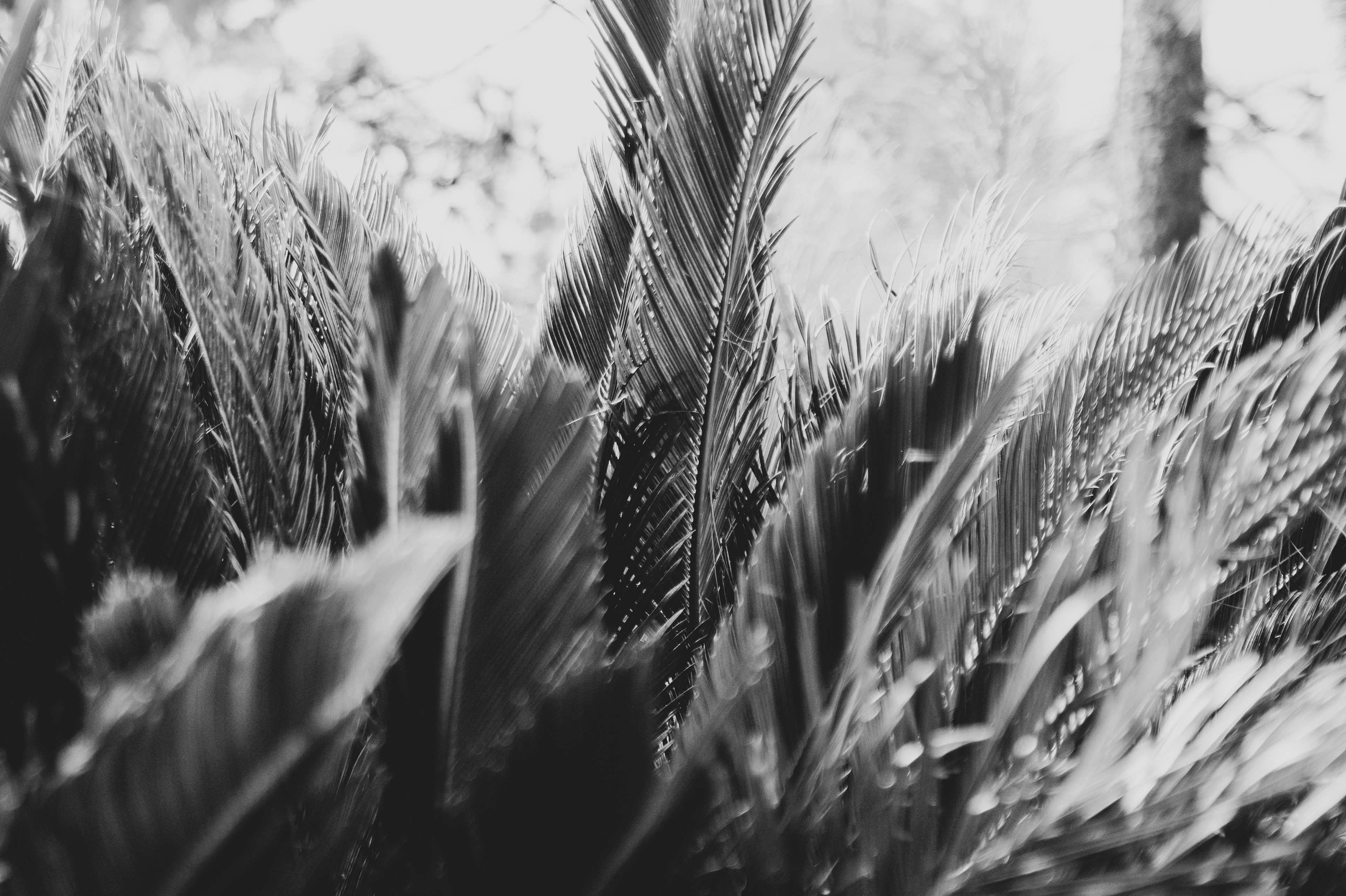
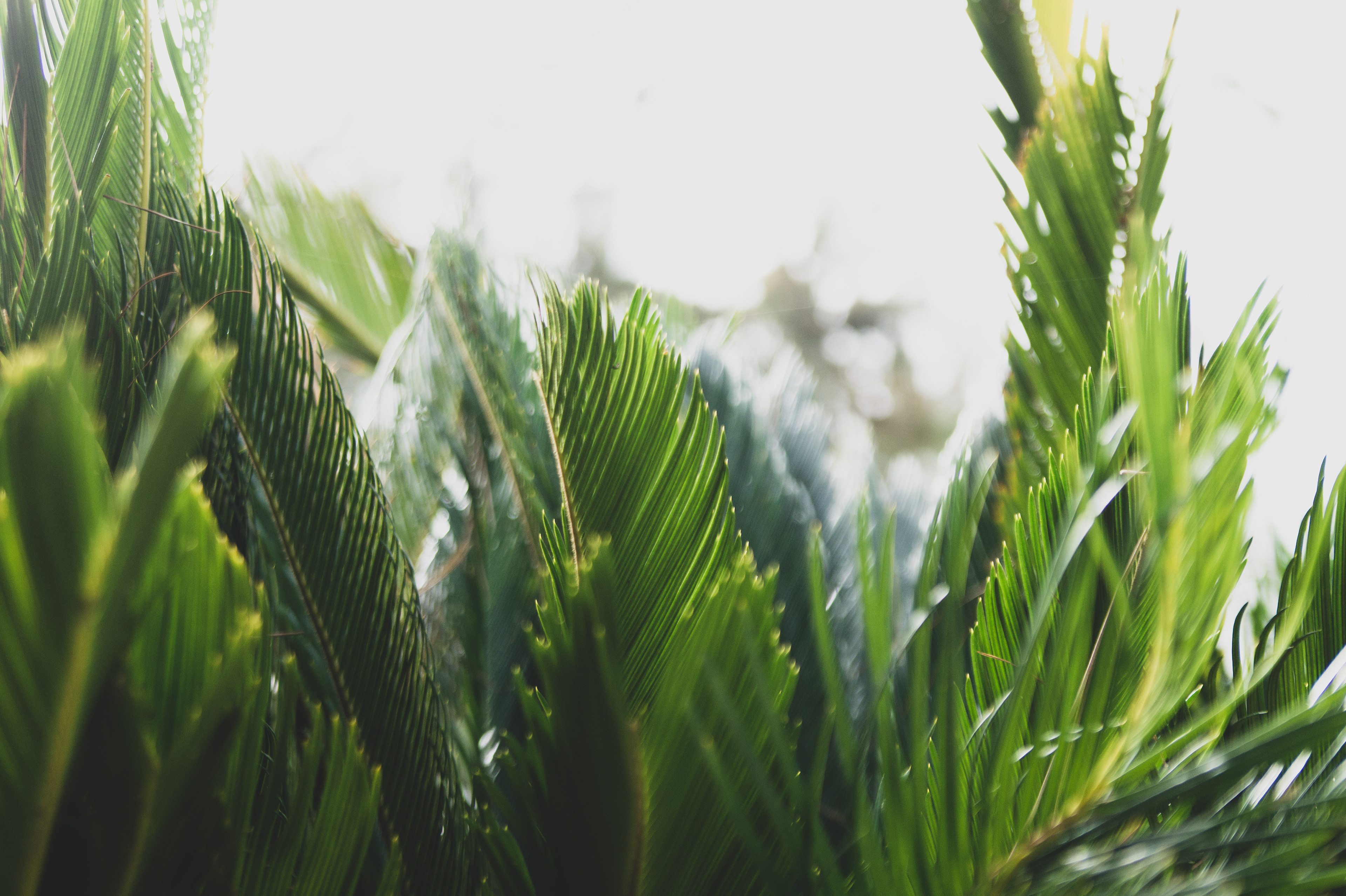
tool#5: B2D spiral
The biomimicry toolbox loves spirals. The Biology-to-Design spiral is the more creative of the two; the designer is letting nature inspire them to find a human usage to a function of nature that they studied. It is more open-ended, and can take an artistic turn.
tool#6: C2B spiral
The other spiral in my tool box aims at solving problems from the get go. The Challenge-to-biology spiral makes the designer identify what’s not working on the first place, and then encourages them to seek inspiration in nature. It is a great tool to combine mechanisms together, as each new lap can uncover new challenges and push the designer to get creative with their use of the different organisms strategies.
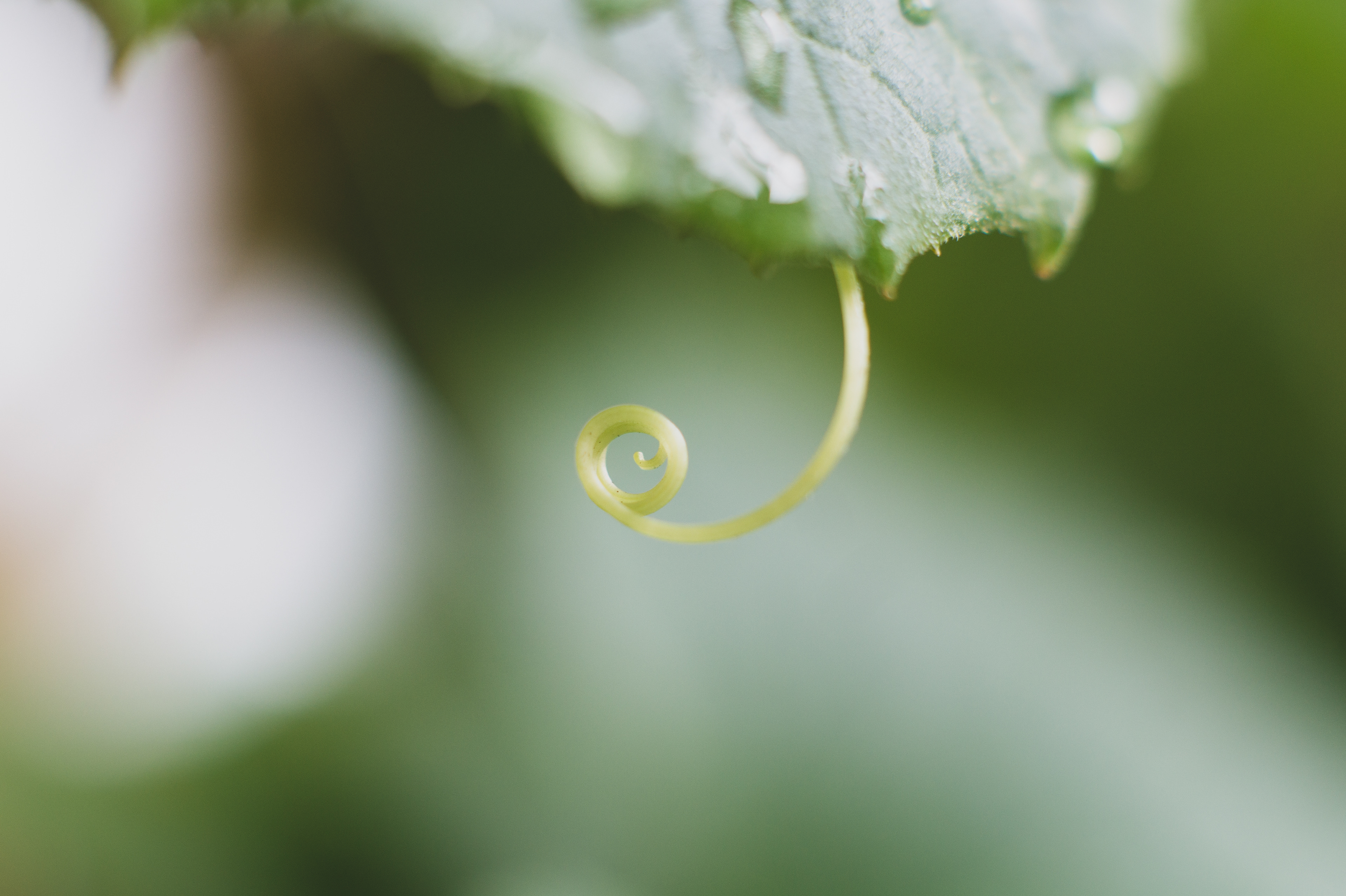
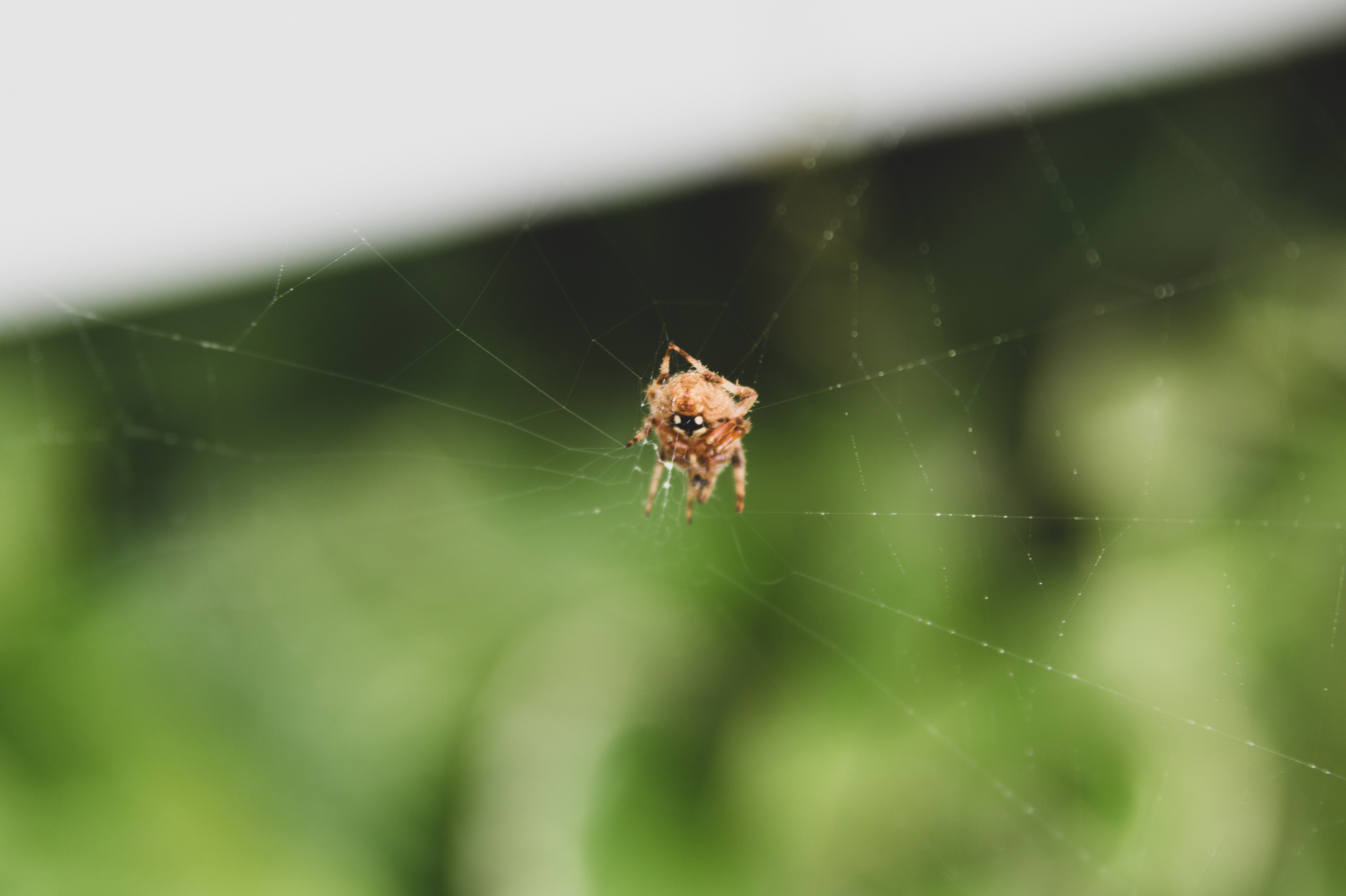
tool #7: collaboration
The final tool in my box is the efficiency of working with other designers, and connecting our brains for a more intense ideation process. Nature collaborates; without collaboration and mutualism, we wouldn’t have an ecosystem. So when humans take example from other organisms and engage in collaborative practices, the end result can often be a more profound and layered design process than if they were on their own.


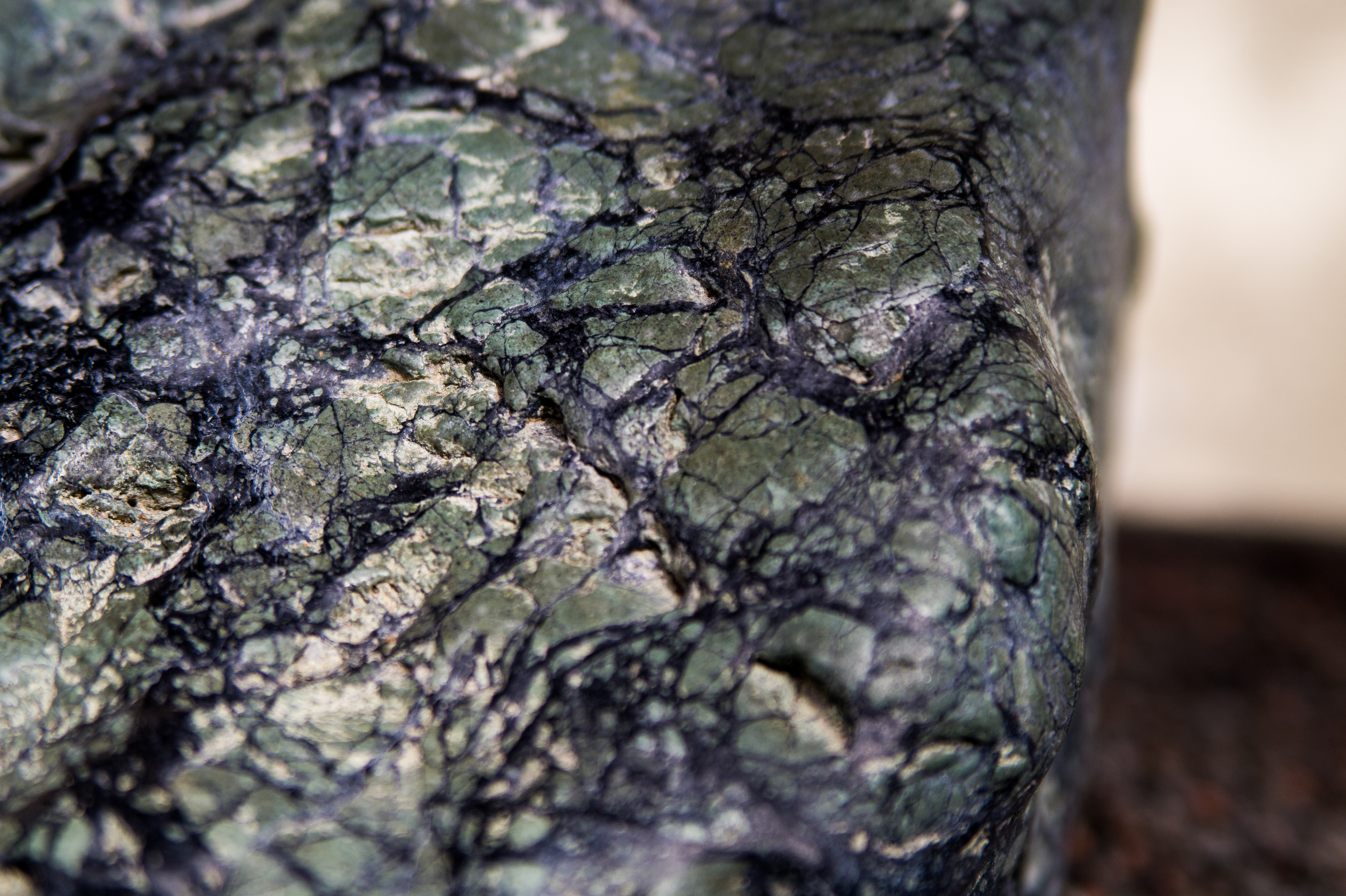

As a new designer, studying biomimicry made it easy for me to gather these tools, and carry them around with me at all times. I can now look at any design and compare its challenges to how nature does it. I believe it has made me a strongest ideator, and a sustainability practitioner.
I thank MCAD and its faculty, and the teachers Billy, Asheen, and Denise, for teaching me about this methodology, as it has ignited a passion for nature in me, which is something everybody should have.
I will continue my journey as a designer and will use my biomimicry tools as much as possible, in order to create a more sustainable future for design.
Cheers, and happy holidays!

